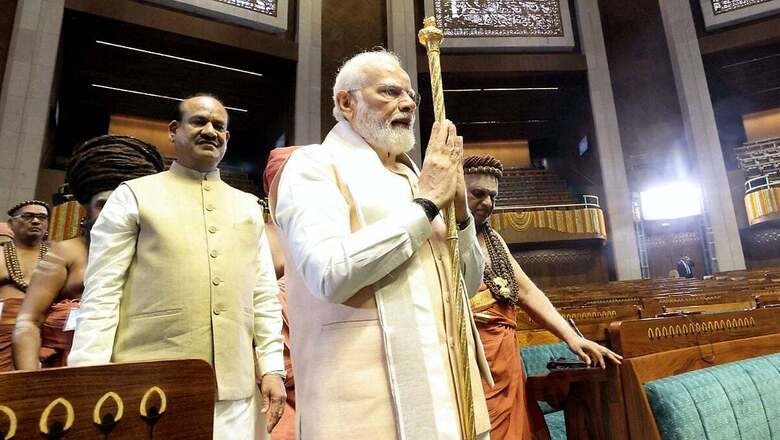
views
There were several freedom fighters who were the victims of the Nehruvian establishment just because they found themselves on the other side of the politico-ideological divide. Sardar Vallabhbhai Patel, Netaji Subhas Chandra Bose, Dr BR Ambedkar… the list is long and exhaustive. But none have been as targeted and vilified as Vinayak Damodar Savarkar.
Savarkar epitomises the ills of the victor-takes-it-all history writing. He was the foremost among Indian revolutionaries who had already caught the nation’s imagination when Mahatma Gandhi was yet to start his political journey in India. In fact, it is widely believed that Gandhi had Savarkar in mind when he wrote Hind Swaraj, while Savarkar’s 1923 treatise Essentials of Hindutva was an intellectual potshot at the Mahatma and his pacifist philosophy. Savarkar was Gandhi’s biggest rival, politically and intellectually. He was a Hindutva ideologue and yet he inspired some of the noted communists like MN Roy and SA Dange; even Bhagat Singh was deeply influenced by a small English biography of Savarkar that he read in the Dwarkadas Library of Lahore.
Yet, Savarkar was pushed to the margins of the mainstream freedom struggle discourse, tragically confined to being a Hindutva ideologue — just like Ambedkar was made to appear as the leader of Dalits for most parts of post-Independence India. Interestingly, Savarkar’s work towards mitigating the malaise of the caste system and his endeavour to uplift untouchables in Ratnagiri had been appreciated by none other than Ambedkar.
Savarkar has been the principal victim of Nehruvian witch-hunting, though the scale of his demonisation touched new heights during and after the 1990s, as Vikram Sampath had told this writer during the launch of the second volume of his Savarkar biography, when the first BJP-led NDA government came to power at the Centre. With the BJP venerating Savarkar, and having his portrait installed in the Central Hall of Parliament and a plaque put up in his honour at the Cellular Jail, the Congress’ generosity towards Savarkar — as seen during Mrs Indira Gandhi’s time — began to dissipate.
It was, therefore, in a way, destiny’s revenge when the new Parliament building saw its inauguration on the day Savarkar was born — 28 May — which incidentally fell a day before Jawaharlal Nehru’s death anniversary. Symbolically, the inauguration of the new Parliament on Savarkar’s birth anniversary marks the final termination of Nehruvian India, a process that was initiated almost a decade back in May 2014. The day is also important because, with the installation of the Sengol in the new Parliament alongside the seat of the Speaker, new India’s commitment for the ageless, timeless civilisational Bharat gets reinforced.
However, to regard new India as Savarkar’s India would be a disservice to not just the galaxy of freedom fighters who sacrificed their lives for this country, but also a simplistic assessment of Prime Minister Narendra Modi’s contributions in democratising India’s freedom struggle saga. The current dispensation has been striving hard to correct the lopsided nature of hero worship in the country where one family has cornered most laurels, leaving more deserving ones in the cold. When the Modi government first came to power in 2014, there were at least 450 government schemes, projects, institutions, fellowships, stadiums and airports named after the Gandhi-Nehru family. PM Modi has tried to correct this dynastic monopolisation of national schemes and projects and democratise it.
In new India, the reverence for Veer Savarkar doesn’t come in the way of respect for Mahatma Gandhi, and the veneration for Sardar Vallabhbhai Patel never stops one from admiring Subhas Chandra Bose. Babasaheb Ambedkar’s role doesn’t get minimised while paying tribute to Syama Prasad Mookerjee. This, in a way, is the extension of the Sanatana ethos where the diversity of godheads is not just tolerated but joyfully celebrated. The idea of one godhead in theology and one family in politics is absolutely non-Indic and undemocratic in nature and temperament.
Is it, therefore, any surprise that Prime Minister Modi began his tenure in Delhi by invoking Mahatma Gandhi? He launched the Swachh Bharat Abhiyaan with Gandhi as a mascot, officially initiating it on 2 October 2014 — the Mahatma’s birth anniversary. As for Sardar Patel, he had in his honour announced a Statue of Unity project even when he was not the PM; Modi had, on 7 October 2013, initiated the work to build the world’s tallest statue, with a height of 182 metres, in Gujarat’s Kevadia district; the statue was finally inaugurated on 31 October 2018, Sardar Patel’s birth anniversary.
Even more enterprising was Modi’s endeavour to salvage the legacies of Ambedkar and Netaji Bose from the tyrannical clutches of Nehruism. While the former was reduced to being the leader of Dalits and untouchables, the latter wasn’t even given that foothold, consigning him to the footnotes of history and pushing him to the margins of national consciousness. To state the obvious, Ambedkar had played a stellar role in the making of the Constitution of India, and as per the British records, Netaji Bose and his INA were the reasons why India became independent in 1947. The then British Prime Minister Clement Attlee, when asked about Mahatma Gandhi’s role in India’s Independence, pointedly uttered a single word, “m-i-n-i-m-a-l”, as he slowly chewed out the word to make a dramatic impact.
To be fair to Prime Minister Modi, he hasn’t been credited enough for his contribution to nation-building, thanks largely to the hostile academic milieu, which remains the last surviving bastion of Nehruism. He has been working on two fronts: While giving pride of place to these freedom struggle pantheons, he has simultaneously strived to connect new India with its civilisational past. The installation of the Sengol, which may seem inconsequential to an obsessively secularised mind, points in that direction where the state is no longer apologetic about adopting dharma in matters of statecraft. It is in this perspective that PM Modi renovating and rejuvenating historic temples and shrines — from those in Kashi and Ujjain to Kedarnath — should be seen, analysed and appreciated.
PM Modi has had some remarkable successes in unshackling the chains of Hindu coloniality and victimhood, especially in the physical sphere. But churn has begun on the mental/psychological front too. On Sunday, 28 May 2013, a group of sadhus preceding the Prime Minister’s entry into the Parliament building was a powerful imagery of how far India has moved from Nehruism to shed its colonial baggage. It shows how the country is at ease with its cultural roots, no longer needing vindication from the West, and no longer being afflicted by the syndrome of self-doubt and self-abnegation.
The author is Opinion Editor, Firstpost and News18. He tweets from @Utpal_Kumar1. Views expressed are personal.













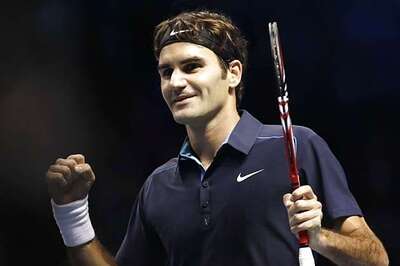


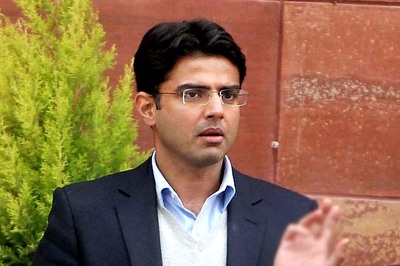
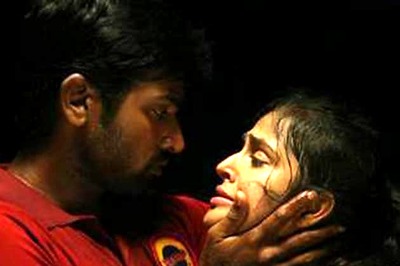
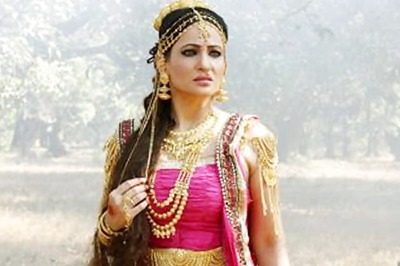
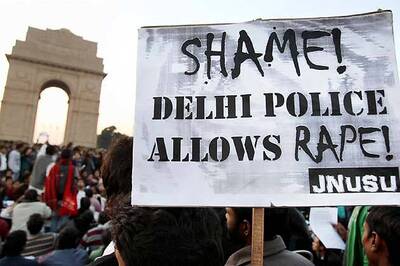
Comments
0 comment